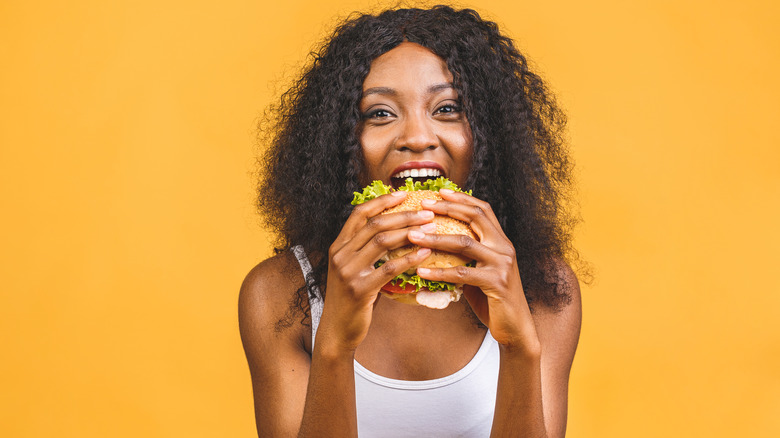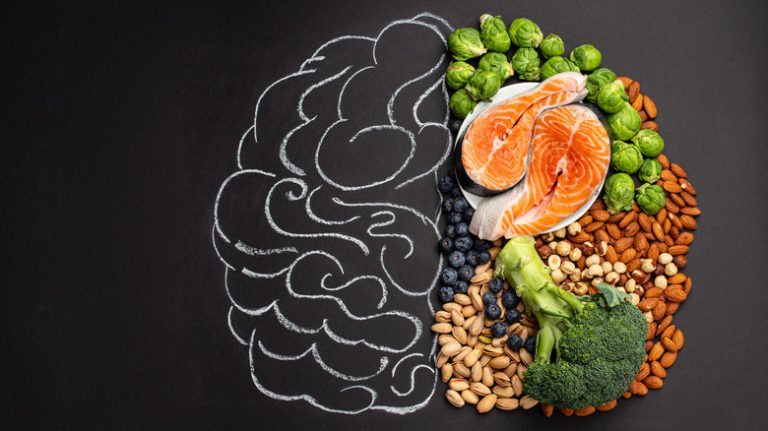When you’re getting dressed in the morning, what color do you typically grab? Do you reach for clothes brightly colored like the sun? Or do you steer clear of this vibrant color and lean toward a deep, velvety color like magenta? Well, if you’re feeling an aversion to the sunny color yellow, MindBodyGreen suggests there may be a scientifically backed connection on how this color affects your mood. In fact, the colors you avoid and the ones you’re drawn to can give insight into someone’s health, shares plant-based pigment expert and functional nutritionist Deanna Minich with MindBodyGreen.
The 2010 Manchester Color Wheel study examined this connection between color and moods by having participants select a “drawn-to color” and a “favorite color,” then record their moods, accordingly. Researchers found that yellow was the color participants were most drawn to, while the common favorite color was blue. Minich points out that those study participants who chose true yellow expressed greater levels of happiness, a positive mood, and lower levels of unpleasant feelings such as anxiety or depression (via MindBodyGreen). This is because the psychology of yellow represents intensity, brightness, and energy (via Verywell Mind). It’s also often associated with excitement and attention-grabbing, too.
Can eating yellow foods affect your mood too?

While opting for the color yellow is a great tool for boosting happiness, it may have the opposite effect on nutrition. Yellow promotes feelings of cheeriness and contentment, yet it also is attention-grabbing, per Verywell Mind. Don’t be alarmed if the psychology of yellow sends you racing toward the nearest fast-food chain. According to Business Insider, various fast-food companies have been using yellow in advertisements to invoke feelings of both attention and happiness.
Beyond the warm environment sunny yellow creates through advertisements, yellow foods appear to be extremely friendly. However, these seemingly friendly foods aren’t in fact friendly, as “[many people are] eating a lot of yellow foods these days,” says nutritionist Deanna Minich to MindBodyGreen. These foods offered by our favorite fast-food restaurants are typically highly-processed, corn-based, and not nutrient-dense like their yellow-based whole food counterparts (i.e. squash, lemon, pumpkin, etc.), points out MindBodyGreen.
Research shows that excessive eating of highly processed foods is linked to higher levels of stress (via MindBodyGreen). This is because eating refined foods causes blood sugar to rise, which produces cortisol, the stress hormone, according to a 2024 research published in Psychoneuroendocrinology. Still, yellow is associated with happiness, but when it comes to food, eating the rainbow is the best trick to get in a positively healthy mood.



